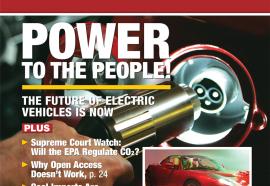Garbage In, Power Out: How Trash Can Power Ethanol Plants
A win-win situation for the local government, utilities, and industry.
Ethanol plants either are operating, under construction, or planned for several areas in the Midwest. These same areas also have municipal solid waste (MSW) produced daily in an existing landfill. In addition, these areas have a need for establishing or extending a landfill.
As an alternative to the existing concept of a landfill, plasma-arc technology has been applied to the treatment of MSW. Known as plasma-arc gasification for the treatment of MSW, this recent development would eliminate or minimize the need for a landfill.








